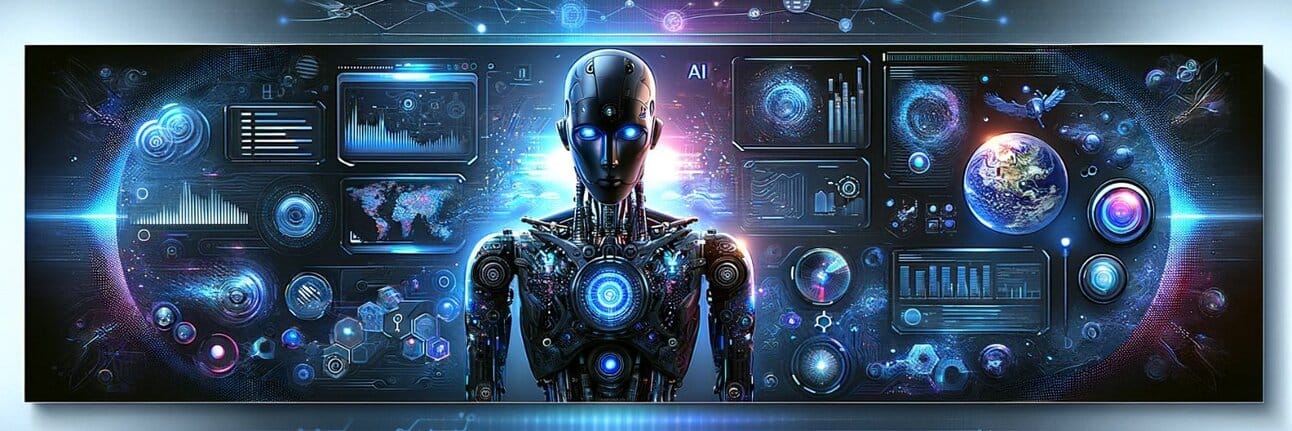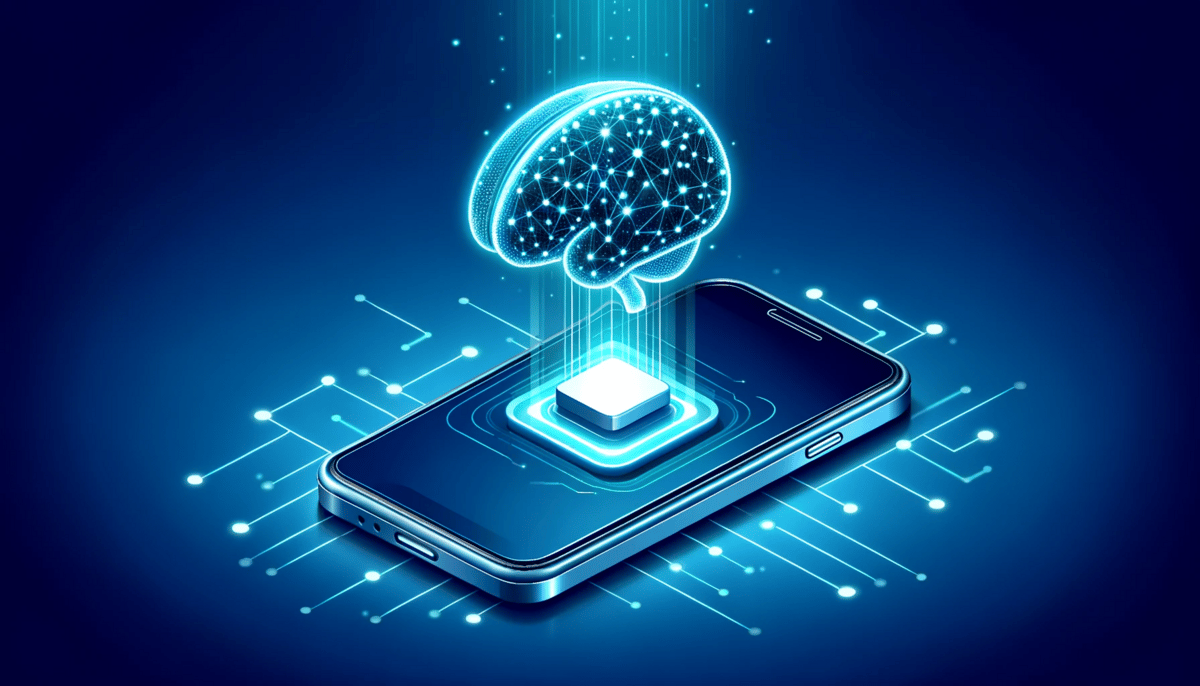
AI Tech News: Navigate the thrilling and ever-evolving journey of artificial intelligence.
Introduction to the Evolution of AI: Traditional vs. Modern Approaches
Ah, AI – from the early imaginings of sci-fi visionaries to today's indispensable tools, the journey of artificial intelligence has been remarkable. Amidst the buzz surrounding the new entrants, the Large Language Models (LLMs) like ChatGPT, it's crucial to remember the enduring relevance of traditional AI. This article delves into the fascinating world of AI, exploring how traditional models remain significant in the era of LLM advancements.
The Early Days of AI: A Historical Perspective
Reflecting on the mid-20th century, the era when pioneers like Alan Turing and John von Neumann conceptualized machines that could think, lays the foundation for our understanding of AI's evolution. Turing's test, once a sci-fi notion, set the stage for the AI innovations that followed.
The Emergence and Impact of Large Language Models
Fast-forward to the present: AI, especially LLMs like ChatGPT, are integral to our daily lives. These models have revolutionized language processing, offering human-like text generation capabilities. Yet, this is just one aspect of the diverse AI landscape.
What Makes Old-Fashioned AI Unique?
Traditional AI, with its rule-based systems, remains a precise and efficient tool. Unlike LLMs, traditional AI models excel in specific tasks, relying on structured processes and predefined algorithms. They are the specialists in a world increasingly leaning towards generalists.
Key Characteristics of Traditional AI
Traditional AI's hallmark lies in its structured approach. Consider a chess grandmaster, expertly navigating the game within its rules – this exemplifies traditional AI's prowess in rule-bound environments. These systems are the meticulous planners of the AI domain, focusing on data analysis and decision-making within clear parameters.
Comparative Analysis: Traditional AI and LLMs
Comparing traditional AI with LLMs is like contrasting a scalpel with a Swiss Army knife. LLMs, adaptable and versatile, excel in language-based tasks. In contrast, traditional AI is the precision tool, ideal for specific, structured tasks. Their operational differences underline their distinct applications and effectiveness.
The Continued Relevance of Traditional AI
Traditional AI's precision and efficiency make it indispensable in fields such as robotics, medical diagnostics, and financial modeling. Its continued significance lies in its ability to perform depth-oriented tasks with a level of accuracy unmatched by more generalist AI models.
Areas Where Traditional AI Excels
In manufacturing, traditional AI-driven robots perform tasks with unmatched precision. In data analysis, these systems uncover trends and patterns hidden to the human eye. The healthcare sector benefits from AI in accurate disease diagnosis, showcasing traditional AI's indispensable role.
Real-World Applications of Traditional AI
IBM's Watson stands as a testament to traditional AI's capabilities, from winning Jeopardy! to aiding in cancer diagnosis and treatment. In the financial sector, AI algorithms are instrumental in high-frequency trading, demonstrating traditional AI's enduring power and potential.
The Synergy Between Old and New
The combination of traditional AI and modern LLMs represents a fusion of precision and adaptability. This synergy enhances AI's overall capabilities, creating more robust and versatile systems for applications ranging from customer service to complex data analysis.
Challenges and Limitations
Traditional AI, while precise, faces challenges in adapting to novel scenarios and scalability. Its reliance on rule-based programming limits its flexibility compared to LLMs. However, these challenges present opportunities for growth and innovation.
Overcoming Challenges in AI Evolution
Integrating traditional AI with adaptive systems offers a path to overcoming its limitations. Advances in computational power and algorithm efficiency are making traditional AI more versatile and scalable, ensuring its continued evolution in a dynamic technological landscape.
Looking Ahead: The Future of AI
The future of AI promises a more interconnected and intelligent world. The blend of traditional models with modern technologies will drive innovation and lead to smarter cities and more personalized healthcare. Traditional AI will play a crucial role, evolving alongside its newer counterparts.
Predictions and Trends in AI
Emerging trends in AI include its increasing integration in daily life and a move towards more ethical and transparent models. Traditional AI, with its predictability and transparency, will be instrumental in this shift towards a more responsible AI landscape.
The Role of Traditional AI in Future Developments
In the evolving AI ecosystem, traditional AI's role in structured, rule-based environments remains vital. Its precision and reliability will continue to be invaluable in sectors like cybersecurity and responsible AI development.
Conclusion: Embracing AI's Diverse Landscape
AI's diversity is its strength, with traditional models and LLMs each offering unique benefits. As we explore AI's potential, embracing this diversity is key to driving future innovations and advancements in technology.
FAQs
What are the main differences between traditional AI and LLMs?
Traditional AI is characterized by its structured, rule-based approach, excelling in specific tasks with defined parameters. It operates with precision and efficiency in these domains. On the other hand, Large Language Models (LLMs) specialize in processing and generating human-like text, utilizing vast datasets for language understanding and production. LLMs are known for their versatility and adaptability but can sometimes lack the precision of traditional AI in structured tasks.
Can traditional AI and LLMs work together effectively?
Yes, the combination of traditional AI and LLMs can lead to more comprehensive and robust AI solutions. Traditional AI's precision and rule-based logic complement the adaptability and language capabilities of LLMs. This synergy enhances performance across various applications, including customer service and complex data analysis.
What are some current applications of traditional AI?
Traditional AI finds significant applications in diverse fields. In manufacturing, it drives precise automation and quality control. In healthcare, traditional AI aids in accurate medical diagnostics. Financial institutions use it for risk assessment and algorithmic trading. It also plays a crucial role in robotics, logistics, and cybersecurity.
What challenges does traditional AI face in the modern tech landscape?
Traditional AI faces challenges in adapting to new and complex scenarios, scalability issues, and the need for structured, high-quality data. As AI technology evolves, there's a need for traditional AI to adapt to handle more complex tasks efficiently and integrate seamlessly with other AI technologies.
How will traditional AI evolve in the future?
The future evolution of traditional AI involves greater integration with advanced models like LLMs to create hybrid systems. There's also a focus on enhancing its adaptability, efficiency, and scalability. With advancements in computational power and algorithm development, traditional AI is expected to become more versatile, capable of handling a broader range of tasks while maintaining its strengths in rule-based processing.
Like what you see? Subscribe Now or Partner With Us
If you have anything interesting to share, please reach out to me by sending me a DM on Twitter: @ai_stats

